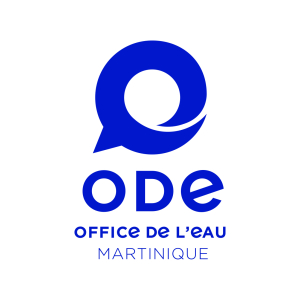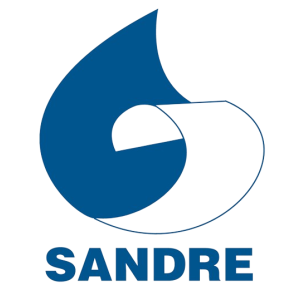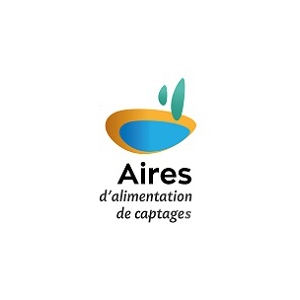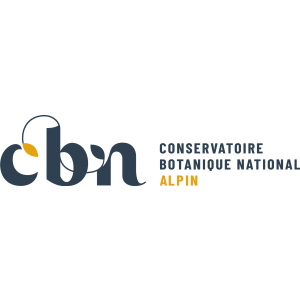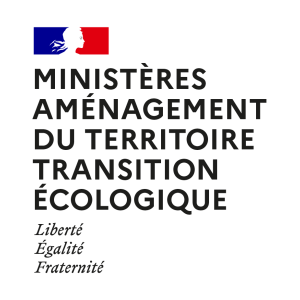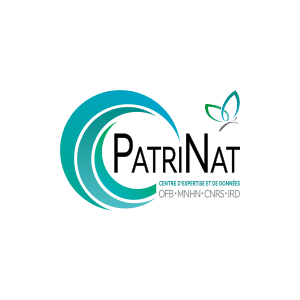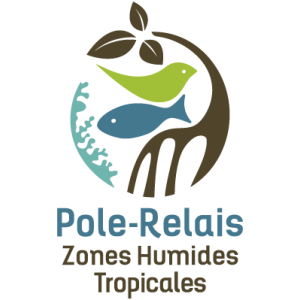
Document généré le 07/01/2026 depuis l'adresse: https://www.documentation.eauetbiodiversite.fr/fr/notice/patterning-and-predicting-aquatic-insect-richness-in-four-west-african-coastal-rivers-using-artificial-neural-networks
Patterning and predicting aquatic insect richness in four West-African coastal rivers using artificial neural networks
Titre alternatif
Producteur
Contributeur(s)
EDP Sciences
Identifiant documentaire
11-dkey/10.1051/kmae/2010029
Identifiant OAI
oai:edpsciences.org:dkey/10.1051/kmae/2010029
Auteur(s):
E.O. Edia,M. Gevrey,A. Ouattara,S. Brosse,G. Gourène,S. Lek
Mots clés
insect richness
artificial neural network
prediction
coastal rivers
West Africa
richesse taxonomique des insectes
réseau de neurones artificiels
rivières côtières
Afrique de l’Ouest
Date de publication
14/10/2010
Date de création
Date de modification
Date d'acceptation du document
Date de dépôt légal
Langue
en
Thème
Type de ressource
Source
https://doi.org/10.1051/kmae/2010029
Droits de réutilisation
Région
Département
Commune
Description
Despite their importance in stream management, the aquatic insect assemblages are still little known in West Africa. This is particularly true in South-Eastern Ivory Coast, where aquatic insect assemblages were hardly studied. We therefore aimed at characterising aquatic insect assemblages on four coastal rivers in South-Eastern Ivory Coast. Patterning aquatic insect assemblages was achieved using a Self-Organizing Map (SOM), an unsupervised Artificial Neural Networks (ANN) method. This method was applied to pattern the samples based on the richness of five major orders of aquatic insects (Diptera, Ephemeroptera, Coleoptera, Trichoptera and Odonata). This permitted to identify three clusters that were mainly related to the local environmental status of sampling sites. Then, we used the environmental characteristics of the sites to predict, using a multilayer perceptron neural network (MLP), trained by BackPropagation algorithm (BP), a supervised ANN, the richness of the five insect orders. The BP showed high predictability (0.90 for both Diptera and Trichoptera, 0.84 for both Coleoptera and Odonata, 0.69 for Ephemeroptera). The most contributing variables in predicting the five insect order richness were pH, conductivity, total dissolved solids, water temperature, percentage of rock and the canopy. This underlines the crucial influence of both instream characteristics and riparian context.
Accès aux documents
0
Consultations
0
Téléchargements



